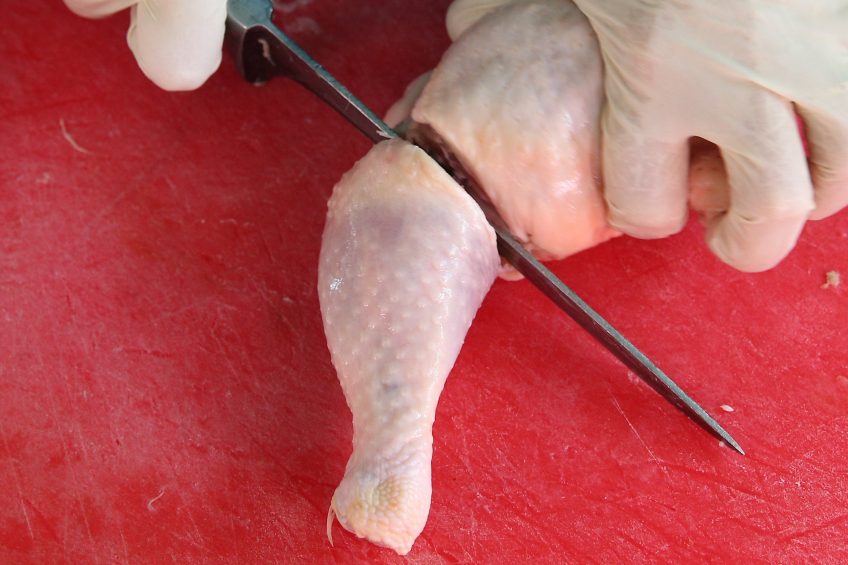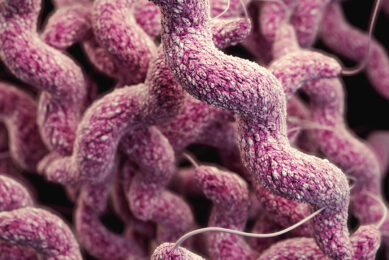FSA: ” Poultry campylobacter levels continue to fall”

Figures released by the Food Standards Agency (FSA) today (14 March) show a 17% decline in the number of laboratory reports of human cases of campylobacter last year but more needs to be done to encourage smaller processors and retailers to tackle the problem.
Using laboratory reports and other factors, the FSA models suggest that there are 100,000 fewer human cases of campylobacter, measured against how many cases there would have been without industry action resulting from the FSA’s campaign. This amounts, says the FSA, to a direct saving to the economy of more than £13m in terms of fewer days off work and NHS costs.
Levels of campylobacter in chicken also continue to decline at retail level, according to results from the FSA’s first set of results from its 3rd year survey on fresh shop-bought whole chickens.
The results, for the first 5 months of its 3rd retail survey, which ran from August to December 2016, found the percentage of chickens that tests positive for the presence of campylobacter had fallen by 10% in 2016 to 56%. This compares to 66% in 2015 and 78% in 2014.
The retail survey found:
- Overall, 7% of chickens tested positive for campylobacter within the highest band of contamination
- Among the 9 retailers with the highest market share (80% of chicken sales), 5% of chickens tested positive for campylobacter within the highest band of contamination.
The results show a decrease in the number of birds within the highest level of contamination compared to the same months in 2015 (12%) and 2014 (20%). Research has shown that reducing the proportion of birds in this category will have the largest positive impact on public health.
Progress has been made by the larger processing plants, which supply the major retailers, towards reaching the target agreed with industry to reduce levels of the most heavily contaminated birds at slaughter to not more than 10%. However, overall the industry has not yet met this target, partly due to smaller independent plants, which supply smaller retailers, failing to make similar improvements.
Met the challenge of reducing campylobacter
Heather Hancock, Chairman of the Food Standards Agency, said: “The challenge we set of reducing the number of people who get ill from campylobacter has been achieved. In the absence of any other clear indicators, we can reasonably say that the work that we and the food industry have done from farm to fork has given us this really positive result for public health.
“This has been achieved by working with the industry to tackle this difficult problem and raising consumer awareness. We commend the efforts of the larger retailers and the major processing plants who supply them, all of which have shown significant improvement and many have achieved the target we set to reduce the highest levels of campylobacter. They have invested a lot of effort and money into interventions to tackle the problem.
“But there is more to be done and our focus now is on encouraging the smaller retailers and processors, who generally haven’t met target levels, to follow the lead of the major players and we are considering how we can best help them and monitor their progress.”
Changes to monitoring at slaughterhouses
The FSA is changing the way it monitors levels of campylobacter on chickens at slaughterhouse level by ending the monitoring programme in its current form. This will not impact on the retail survey, results of which will continue to be reported, and will be the method through which the large processors and retailers will be measured. In order to better focus on the processors which are not making significant improvements (generally the small-medium sized poultry plants), the FSA is developing plans that may include targeting specific sites with FSA inspections.












